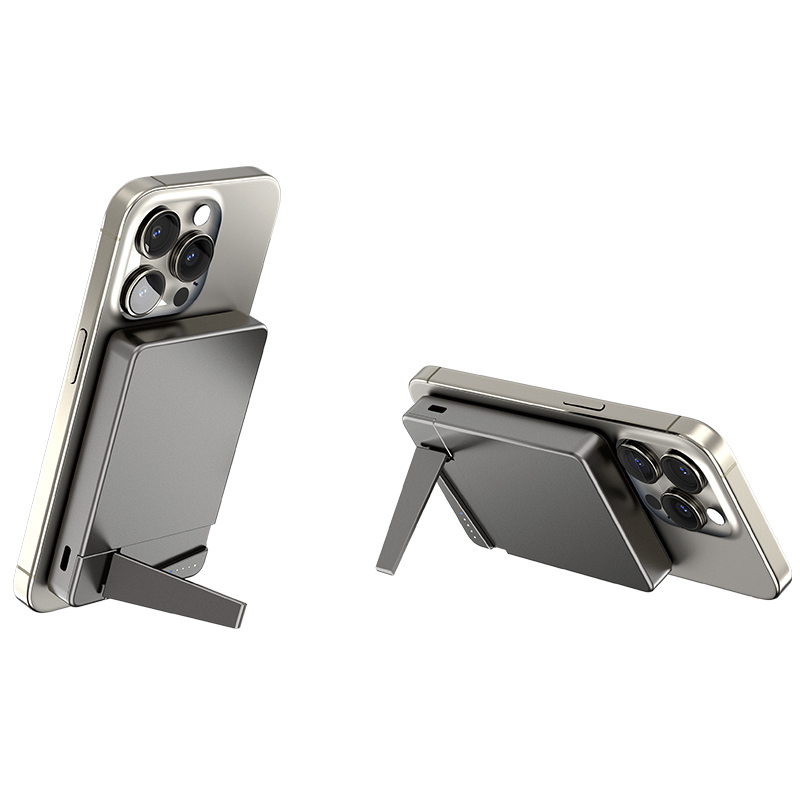New types of electronic products, especially portable electronic products such as digital cameras, mobile phones, and tablet computers, are used more and more in people's work and life, and the accompanying chargers also use traditional wired chargers. However, the compatibility and versatility of the wired charger are relatively poor, and it is inconvenient for users to carry and charge. At the same time, waste disposal increases environmental pollution. Therefore, it is urgent to provide users with more reliable, convenient, convenient and timely charging equipment. The development of wireless technology has made it possible to transmit radio power, and the research and development of wireless chargers will also meet user requirements.

There will be three main forms of battery charging in the future: visual charging, smart charging and wireless charging. In 2016, there were only 138 members of the International Wireless Power Consortium (WPC), but this year WPC has more than 200 technology companies, such as Apple, Samsung, HTC, Huawei, Lenovo, Xiaomi, Nokia, Sony and many other mainstream mobile phone manufacturers. Generally, a Qi wireless charger has a flat surface, called a charging pad, on which mobile devices can be charged. Qi specifies three different methods for coil calibration, namely: guided positioning (magnetic attraction), free positioning (moving coil) and free positioning (coil array). These three methods are briefly explained below.
First, guided positioning (magnetic attraction): that is, one-to-one fixed position charging is used to guide the placed charging device and achieve precise calibration. The advantages of this calibration method are simple, but it requires a series of magnets in the charging device. Attracting materials, therefore, eddy current-related power losses (and thus temperature increases) will be attracted to magnetic attractors. Second, free positioning (with movable primary coil): It is also one-to-one capable of positioning and charging the device. This method requires a mechanically movable primary coil, which is tuned to be coupled to the position of the charging device. However, Movable mechanical components often reduce system reliability. In addition, motor control of the primary coil is complex and expensive for multiple devices that are charged. Third, free positioning (coil array): allows multiple devices to be charged without considering their positions. Compared with the above two methods, this calibration method uses more expensive and more complex winding structures and control electronic elements as At the cost of providing more user-friendliness.